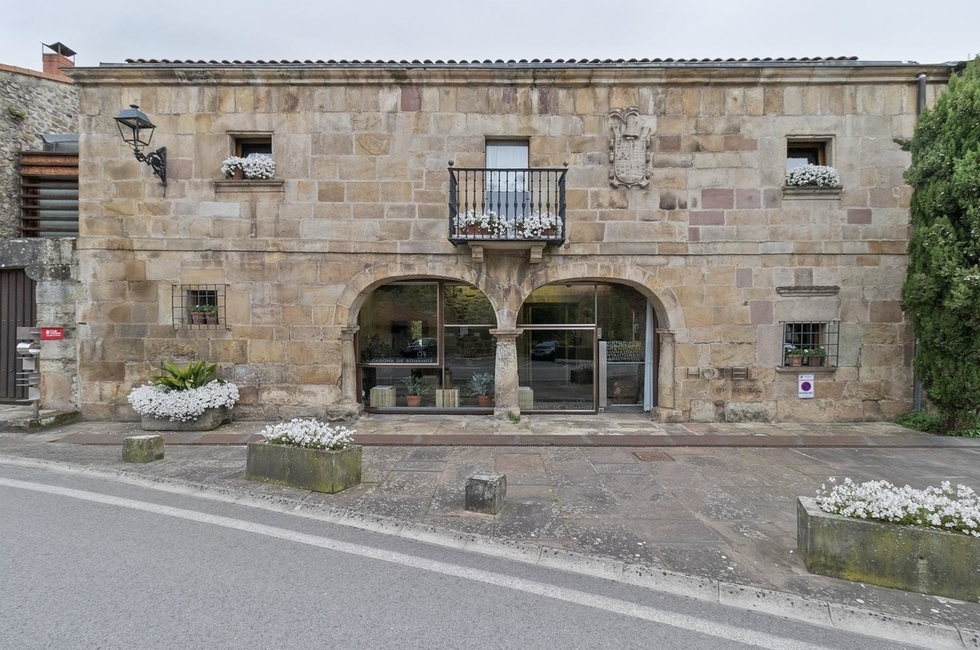Cantabria: an earthly paradise
A lush, green landscape, wild seas, mouthwatering gastronomy and a unique history... Cantabria really is an earthly paradise. The perfect retreat to escape from soaring summer temperatures, and a cultural haven featuring some of the most precious treasures of Spain's historical and artistic legacy. Whether you go coastal or inland, Cantabria is a must-see for anyone looking to discover one of Spain's friendliest, most picturesque regions.

The length and breadth of Cantabria's 5,300 kilometres offer a wealth of tourism and leisure activities. Its spectacular coasts are a paradise for sun worshippers and surfers alike and its mountains are a dream come true for hikers and nature lovers. The Valle de Liébana and La Hermida gorge, Fuente Dé at the heart of the Picos de Europa National Park, the Reserva del Saja game reserve packed with beech, oak and chestnut trees, the source of the river Ebro in Fontibre and the beaches at El Sardinero, Somo, Liencres, Noja, Laredo and Santa Justa are just a few of the region's gems.
The region's cultural attractions are no less impressive. Head to the Altamira Caves, near Santillana del Mar and its medieval cobbled streets, Santander's Magdalena Palace, the Monastery of Santo Toribio de Liébana and Capricho de Gaudí in Comillas, one of the brilliant Catalan modernist architect's earliest works. The El Soplao caves are unmissable for caving fans, and the extraordinary Cabárceno Wildlife Park features a huge array of animals living in harmony with the landscape. As for local towns and villages, Bárcena Mayor, Cantabria's oldest town which was declared a Historic-Artistic Site in 1979, Castro Urdiales, San Vicente de la Barquera, Potes, Liérganes, Santillana and Comillas are not to be missed.
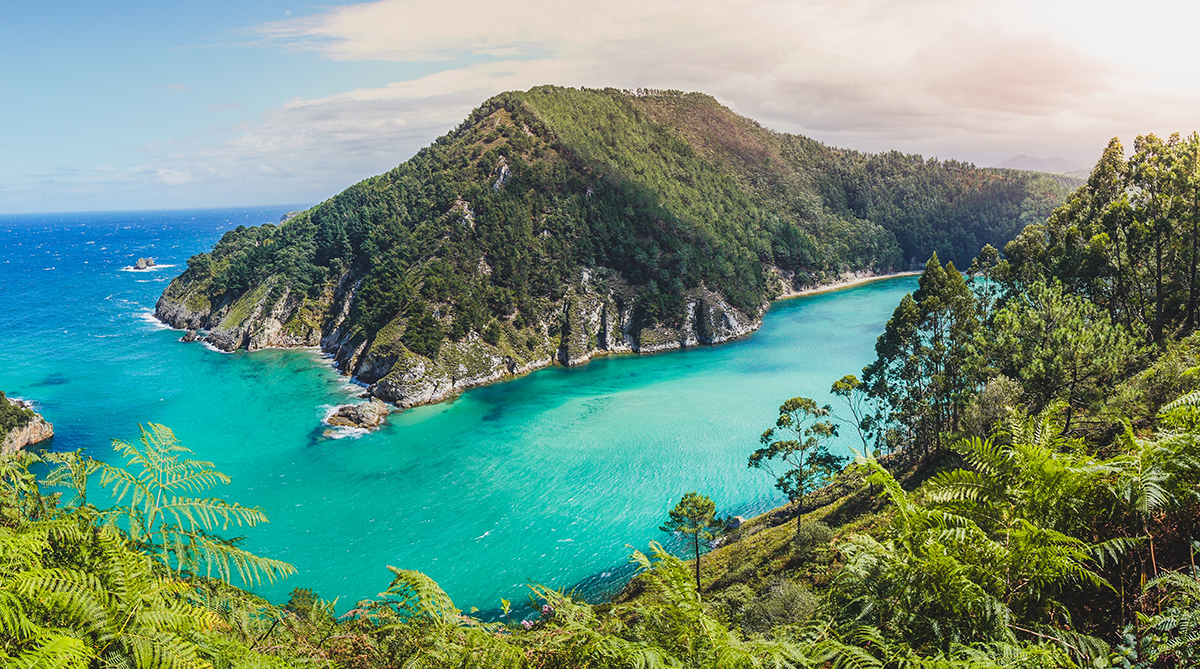
As you travel this gastronomic paradise, make sure you sample a cocido montañés, a rich white bean stew with collard greens, bacon, pork rib, morcilla (black pudding) and chorizo, a cocido lebaniego, which is very similar to a cocido madrileño, as well as the veal steak and local cheeses. If seafood is more your thing, try the Santoña anchovies, crispy fried calamari tentacles known locally as "rabas" and the rest of the huge variety of fish and seafood from the Cantabrian Sea. And there's an endless array of treats to satisfy your sweet tooth, too: "sobaos", a local buttery sponge cake, local cheesecakes known as "quesadas", "corbatas de Unquera" pastries and flaky almond puff pastry bites called "Rocas del río Miera".
Cottages, mansions and period homes
Cantabria's local architecture is typically comprised of rustic cottages, period homes and impressive mansions. These largely stone structures feature cantilever balconies, glazed galleries, the occasional coat of arms and ground floor porticoes.
If you're planning regular getaways to this wonderful region or thinking of relocating permanently, one of these incredible properties could make the perfect base. This 18th century palace, for example, boasts a residence, tower and chapel and is located not far from Santander.
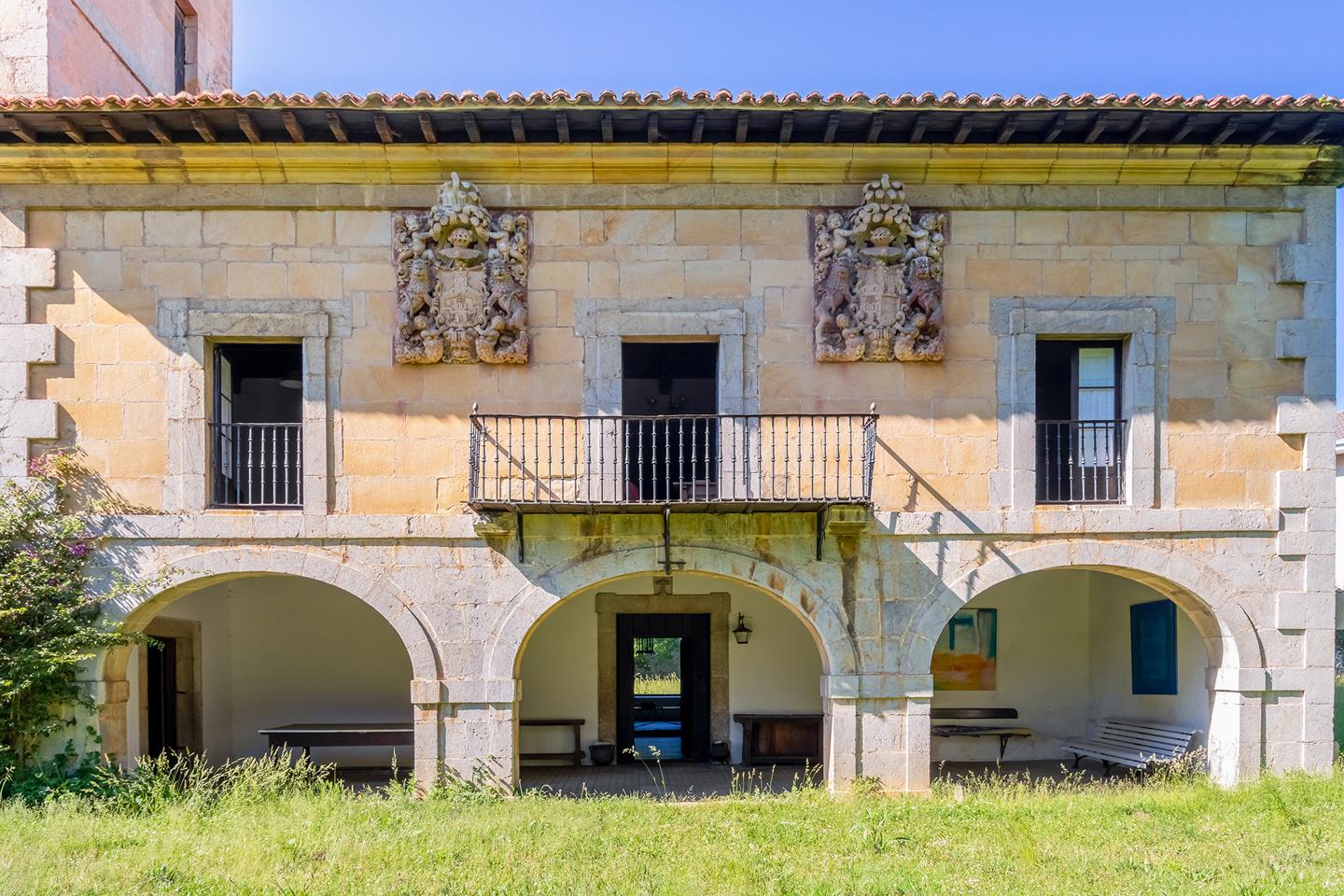
This Indian-inspired 19th century mansion was built by a local family who had returned from Cuba, and years later, one of its spaces housed the local bakery. Located in the very heart of the Anievas Valley, today the main house offers luxurious comfort coupled elegantly with period touches including oak and walnut flooring, original windows and doors and recovered walls and tiles.
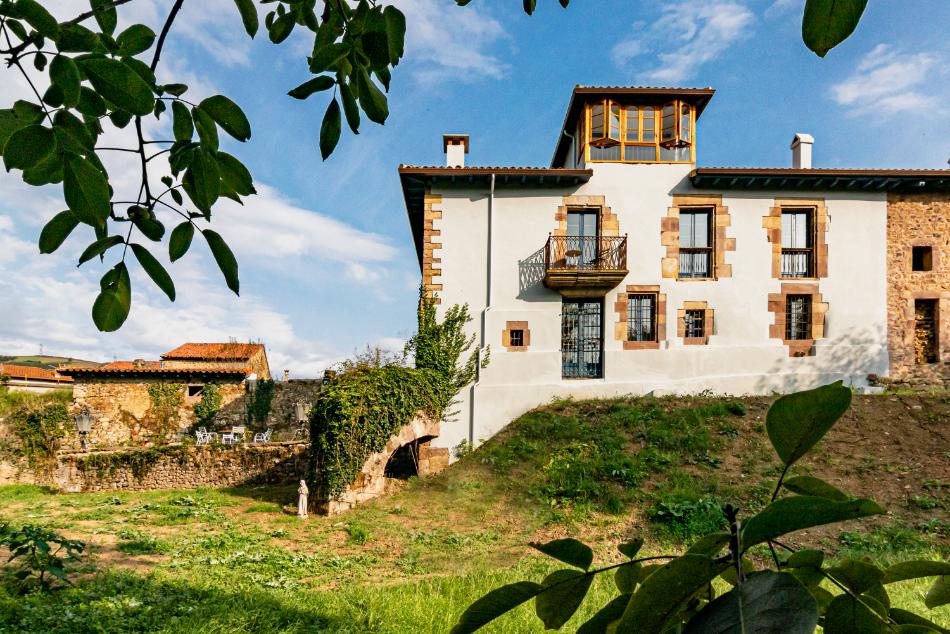
This traditional country house near Laredo offers beautiful views of the Ría de Ansón. The property was built using local materials, including brownstone masonry, ashlar stone lintels spanning the doors and windows, oak beams and baked-clay tile and hardwood floors.
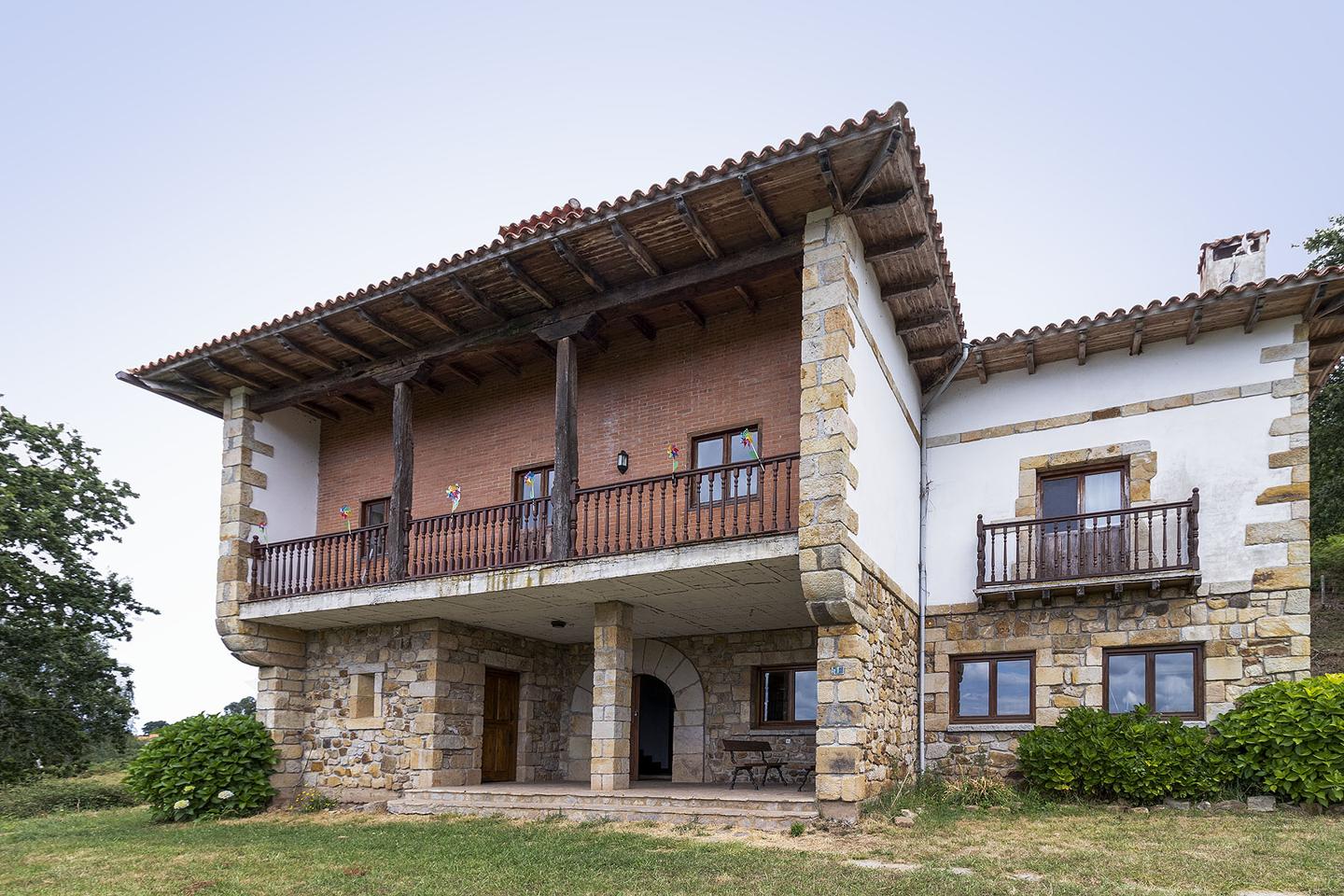
This stately 17th century period home, garnered a prestigious architecture award for its spectacular refurbishment. Barely 30 minutes from Santander airport, the property is ideal either as a home or as a charming hotel.
